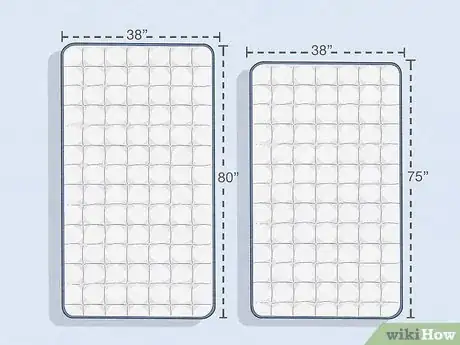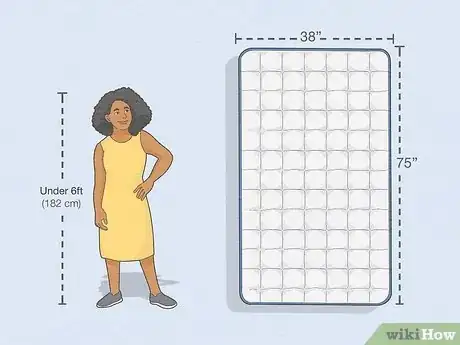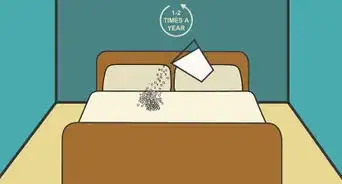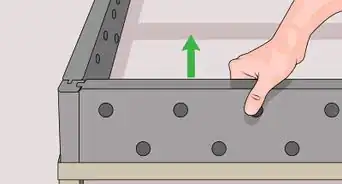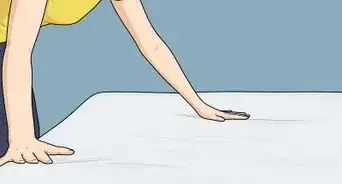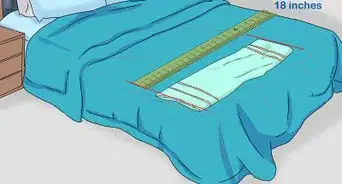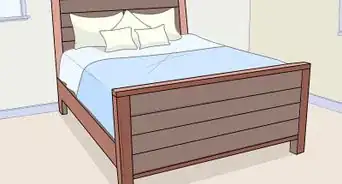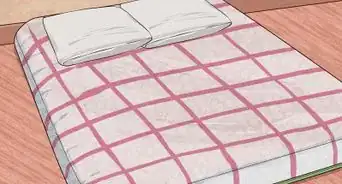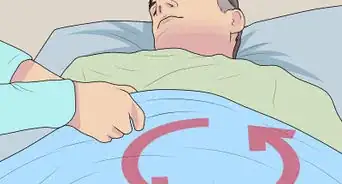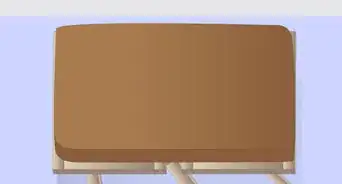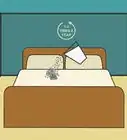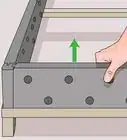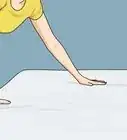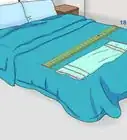This article was co-authored by wikiHow staff writer, Johnathan Fuentes. Johnathan Fuentes is a writer based in the New York City region. His interests as a writer include space exploration, science education, immigration, Latinx cultures, LGBTQ+ issues, and long-form journalism. He is also an avid hiker and has backpacked in Alaska and Newfoundland, Canada. A son of Cuban immigrants, he is bilingual in English and Spanish. Prior to joining wikiHow, he worked in academic publishing and was a freelance writer for science websites. He graduated from Columbia University in 2021, where he studied nonfiction writing and wrote for the student newspaper. He is currently counting down the seconds until the release of Kerbal Space Program 2 in 2023—a game that will almost certainly take up what little free time he has.
Learn more...
Got a growing kid in need of a new bed? Or just looking for a mattress for your first apartment? Whatever your situation is, you might be trying to decide between a twin and a twin XL. Though they’re pretty similar, both sizes have benefits and drawbacks, and choosing the right one can be the difference between getting great sleep or feeling like you bought the wrong bed. We’ve prepared a complete guide to twin and twin XL mattresses. Keep reading to learn which one is right for you.
Things You Should Know
- Twin mattresses measure 38 x 75 in. (96 x 190 cm), or just over 6 feet long and 3 feet wide (1.8 meters long, 1 meter wide).[1]
- Twin XL mattresses measure 38 x 80 in. (96 x 203 cm), 5 inches (12 cm) longer than a regular twin. They are usually a bit more expensive than a regular twin.[2]
- Twin XL mattresses are best for people over 6 feet (182 cm) tall, or for growing children and teens who may grow to over 6 feet (182 cm) tall.
- Both twin and twin XL mattresses are too small for couples. Bigger people and folks with certain health conditions, like back pain, might also benefit from a larger mattress.
Steps
References
- ↑ https://aldermanacres.com/wp/wp-content/pdf/AA/AA-Standard-US-Mattress-Sizes.pdf
- ↑ https://aldermanacres.com/wp/wp-content/pdf/AA/AA-Standard-US-Mattress-Sizes.pdf
- ↑ https://aldermanacres.com/wp/wp-content/pdf/AA/AA-Standard-US-Mattress-Sizes.pdf
- ↑ https://www.tomorrowsleep.com/twin-vs-full
- ↑ https://www.mattressadvisor.com/twinxl-vs-full-mattress/
- ↑ https://www.mattressadvisor.com/twinxl-vs-full-mattress/
- ↑ https://www.disabled-world.com/calculators-charts/mattress-dimensions.php
- ↑ https://eachnight.com/mattress-comparison/twin-vs-twin-xl/
- ↑ https://www.mattressadvisor.com/twinxl-vs-full-mattress/
